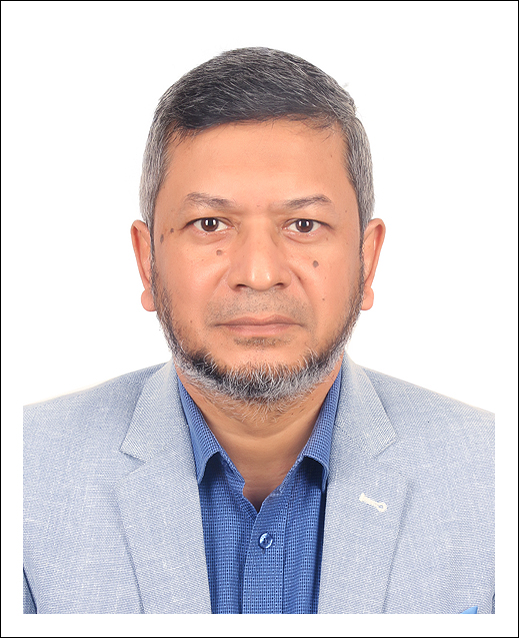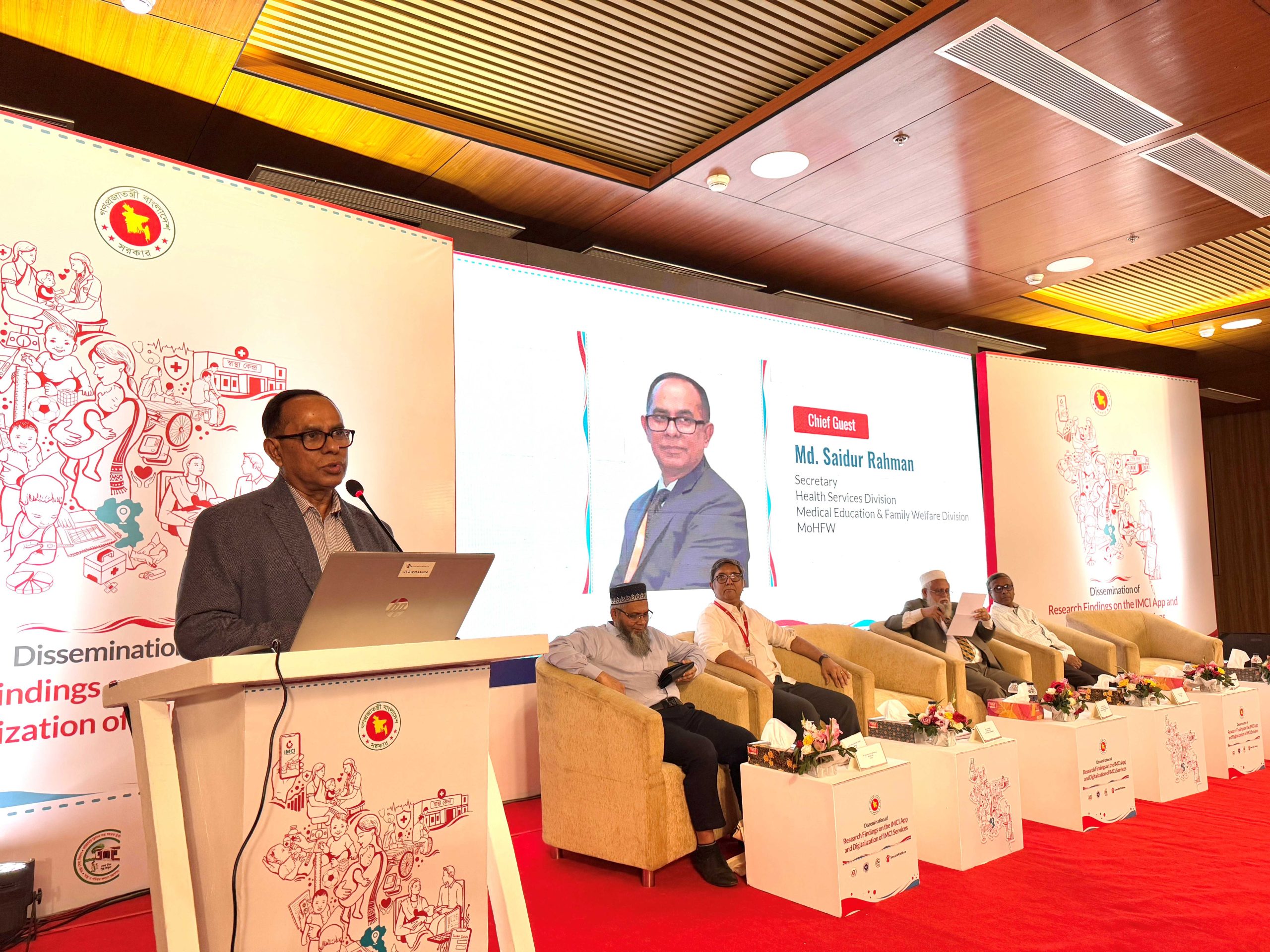Amidst the Israel-Hamas conflict, a divided public grapples with muddled truths, perpetuating a widening gap from the prospect of peace.
On 7 October 2023, Hamas breached the border between the Gaza Strip and Israel and infiltrated at least 13 Israeli settlements by 11 October. This is the latest chapter of an ongoing crisis in the Middle East. War between Israel and Palestine started in the mid-twentieth century. While residents of Israel and Palestine see it as their patriotic duty to claim the Holy Land as their own motherland based on historical, geographical, ethnic and religious sentiment, world leaders and extremist groups have long used the Israel-Palestinian conflict as a means of leveraging geopolitical power.
Palestinians have been institutionally oppressed by the Israeli administration since 1967, backed by support from the United States. Over decades, the Israeli government has deprived Palestinians in the Gaza Strip by controlling it as an ‘open-air prison’ and has slowly encroached into the West Bank, forcibly removing Palestinians from their homes, demolishing buildings, and constructing settlements for Israelis. Today, some of those settlements have gotten so big, that they have achieved city status. To ensure Israelis that the captured West Bank regions would be safe, Benjamin Netanyahu, the current Prime Minister of Israel, allocated military forces as security guards. By 2023, a large portion of military resources were focused on the West Bank; an effort to permanently keep Palestinians from returning.
Despite this oppression, on 22 September 2023, addressing the general debate of the 78th Session of the General Assembly of the United Nations, Netanyahu announced the arrival of a ‘new Middle East’ brimming with peace. But in an unveiled threat he stated, “We must not give the Palestinians a veto over new peace treaties with Arab states”, referring to a “corridor of peace and prosperity that connects Asia, through the UAE, Saudi Arabia, Jordan, Israel, to Europe” that Palestine would never agree to.
The normalisation that, according to Netanyahu, would have been an “extraordinary” and “monumental change” and “another pivot of history” would arguably have been the end of Palestine as we know it. The corridor refers to a transport route that would contest China’s controversial Belt and Road Initiative (BRI) to connect Asia to Europe. But underneath the promise of a ‘normalised’ Middle East, lay the motive to garner support from geopolitical powers and thwart all of Palestine’s hopes of ever being freed from Israel’s grasp. Given the global control of the nations that support Israel; the USA, the UK, Canada, India, and the European Union as a collective, and that Palestine only has support from some of its neighbouring Muslim nations, the corridor would have been the justification for Europe and the USA to declare any acts of Palestinian resistance as terrorism.
NOW, MORE THAN EVER, THE WORLD IS WITNESSING HOW A NARRATIVE IS BEING CONSTRUCTED THROUGH MISINFORMATION, CONFUSION, AND DEFLECTIONS TO PAINT A PICTURE THAT ONLY SERVES TO ADVANCE THE GEOPOLITICAL AGENDA OF POWERFUL NATIONS INSTEAD OF SEEKING THE TRUTH THAT GETS NATIONS IN CONFLICTS CLOSER TO A RESOLUTION
The right to oppose the occupation of one’s land declared as an act of terrorism is a geopolitical move to manipulate global sentiment. It enables those in geopolitical power to suppress the voices of those affected by war. This does not justify the actions of Hamas, but Hamas does not represent the entire Palestinian people.
In the ruse of countering Hamas’ attack on Israel, the Israel Defence Forces (IDF) have killed thousands of Palestinian civilians, most of them women and children. A reported 3,542 children, as of 30 October, have been Palestinians in Gaza, compared to more than 30 on the Israeli side. Israeli warplanes have relentlessly bombarded the 25-mile-long Gaza strip since Hamas’ attack. The total estimated death toll on the Palestinian side is around 8,100 and 1,500 on the Israeli side.
The IDF dropped 6000 bombs over the first six days of the attack which is more than what the US used in Afghanistan in one year. According to The Guardian, an IDF leader said, the emphasis is on damage and not accuracy. At this rate and scale humanitarians consider IDF countermeasures ‘collective bombing’ which is a war-crime. Dr Tanya Haj-Hasan of Doctors Without Borders said, “It is the worst humanitarian catastrophe I’ve experienced in my lifetime.” The situation is so dire that humanitarian organisations have had to coin an acronym specific to Gaza, WCNSF (Wounded Child No Surviving Family).
The hardest lesson learned from the Israel-Hamas conflict is that it is incredibly easy to weaponise the general public. Now, more than ever, the world is witnessing how a narrative is being constructed through misinformation, confusion, and deflections to paint a picture that only serves to advance the geopolitical agenda of powerful nations instead of seeking the truth that gets nations in conflicts closer to a resolution.
The West’s justification for supporting Israel in the killing of Palestine is Hamas. USA news portals repeatedly state that Palestine elected Hamas. Hamas is, in fact, an elected government of the Gaza Strip, but that event happened in 2006. There has been no election in the Gaza Strip since then. As of now, Gaza’s population is 50% children. These children do not represent what Hamas stands for. A poll conducted by Foreign Affairs magazine not long before the Hamas attack found that 73% of Gazans favoured a peaceful settlement to the Israeli-Palestinian conflict. Israelis have also called for the resignation of Netanyahu because of his inability to move towards a peaceful resolution. A poll conducted by Channel 13 of Israel found that 76% of Israelis want Netanyahu to resign immediately or at the end of the war.
ACCORDING TO INTERNET MONITORING GROUP NEWSGUARD, NEARLY THREE-FOURTHS OF THE 250 MOST POPULAR TWEETS CONTAINING MISINFORMATION IN THE FIRST WEEK OF CONFLICT WERE POSTED BY VERIFIED USERS.
These statistics are seldom brought to light as it does not serve the geopolitical narrative, nor do they serve the monetisation efforts of social media platforms. For example, X (formerly Twitter) announced that premium users with at least 500 followers who receive 5 million impressions on their posts within three months would be eligible for ad profit-sharing. To bolster impressions, coordinated tweets are circulating the platform. According to The Digital Forensic Research Lab, a division of the Atlantic Council, at least 25 X accounts in India posted identical tweets and videos about the conflict at nearly the same time. These posts were pro-Israel in content but were followed up by pro-Palestine messages shortly after, sparking a debate fueled by rage and controversy, catapulting post engagement and generating ad revenues. By flooding platforms with contradictory claims, most of them unverifiable or straight-out lies, both X users and X advance their own agendas.
According to internet monitoring group NewsGuard, nearly three-fourths of the 250 most popular tweets containing misinformation in the first week of conflict were posted by verified users. This has manipulated neutral parties to take sides online. Traditional media lands the final blow in suppressing information. Western correspondents in Israel have reported extensively on the grief of Israeli families, but Israel has not allowed foreign journalists to enter Gaza. This disparity is seldom brought to light and instead, unsubstantiated claims such as the oft-reported decapitation of 40 babies by Hamas were reported by The Independent, CNN, Fox News and the New York Post, despite any lack of evidence.
Misrepresented video footage, mistranslations and outright falsehoods are crowding out real reporting of the conflict. Worse, it is spurring violence against Muslim and Jewish communities around the world. According to data collected by the Global Project Against Hate and Extremism, there was a 479% increase in the use of explicit antisemitic and anti-Muslim slurs between 6 and 8 October on a single online platform. In the US, a six-year-old Palestinian-American boy was fatally stabbed. The FBI has reported an uptick in threats against Muslim and Jewish communities.
The way forward is not to pick a side but to recognise that Palestinians and Israelis are caught in the middle of a war that they want nothing to do with. The first response, arguably the only response, should be to call for a ceasefire. A poll by Reuters/Ipsos found that 68% of Americans want Israel to call for a ceasefire and try to negotiate. Additionally, support for the US backing Israel in the conflict is down from 41% to 32%.
The Biden administration has instead stated that there is no possibility of a formal cease-fire. His words would have made a difference and would have pressured Netanyahu to start that conversation. Instead, Netanyahu’s stubbornness in not calling for a ceasefire is causing Israelis to lose all hopes of the 200 hostages, captured by Hamas, being returned.
Both Palestinians and Israelis have been relentlessly let down by their leaders. Palestinians have been on the receiving end of extremist ideology twice over – once by the inadequacies and cruelties of a Hamas government, and then by the punishing isolation and daily miseries of an Israeli one. It has to be possible to feel the pain in one community without denying it in another. This is perhaps the most necessary precondition for peace.
The one story that needs to be shared is the friendship between Rami Elhanan and Bassam Aramin. Elhanan is an Israeli man who lost his 14-year-old daughter to a Hamas suicide bombing 26 years ago, and Aramin is a Palestinian man whose 10-year-old daughter was killed by an Israeli border guard in 2007. Elhanan and Aramin co-direct a support group called The Parent’s Circle for those who lost children to this conflict to get together and work towards peace. Elhanan was asked if recent events changed his worldview at all. His response is a valuable lesson, one that geopolitical leaders need to learn from: “We are in a circle of blood for the last seventy-five years. And this is just another round. Nobody expected the viciousness and the cruelty of this round, but this was expected. You cannot put two million people in a box, close the cover, and expect nothing will happen… It cannot stop unless we talk. You cannot annihilate Hamas. You cannot ignore six million people, Palestinians, living here in the holy land. And you cannot expect them to go away. They will not go away. We will not go away. We are doomed to live here together and we have to choose – whether to share this land or to share the graveyard under it.”















